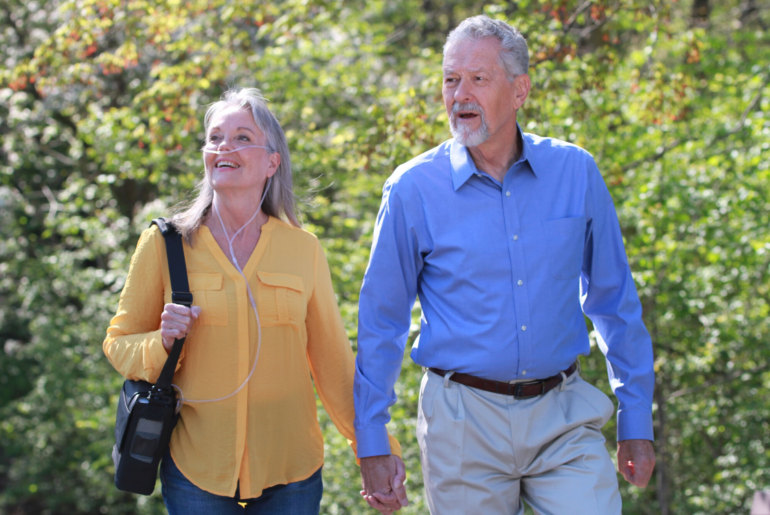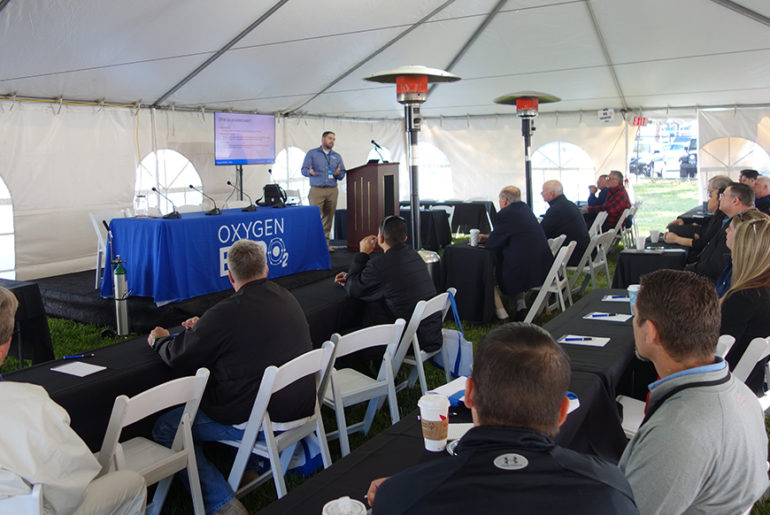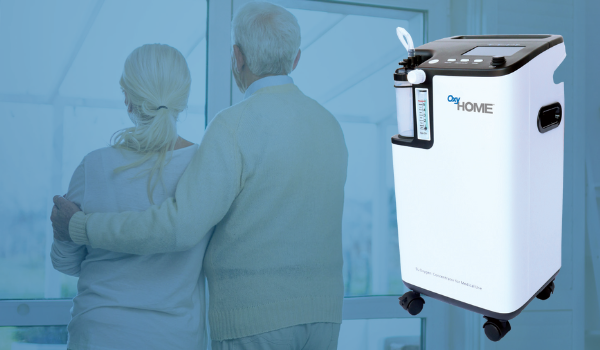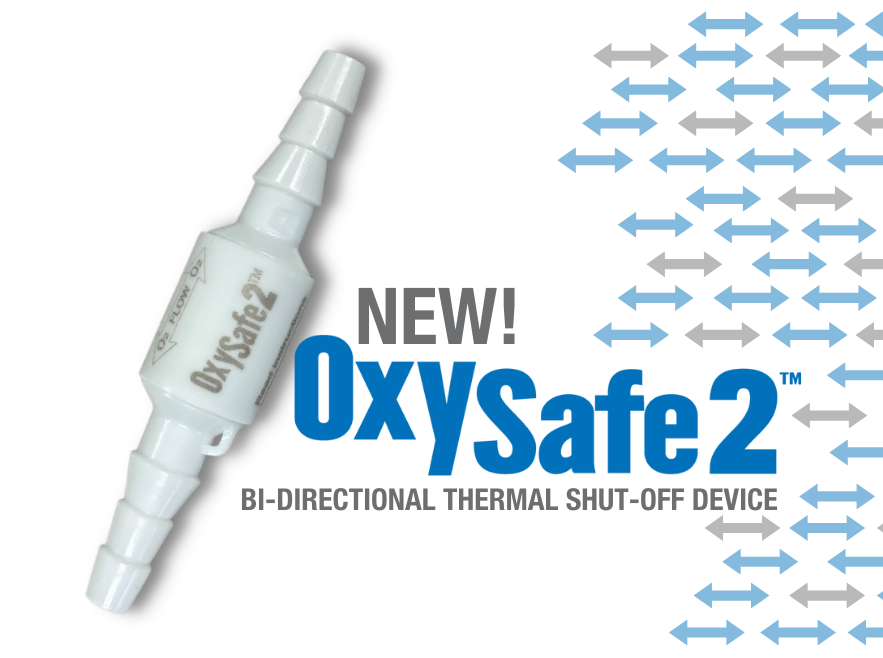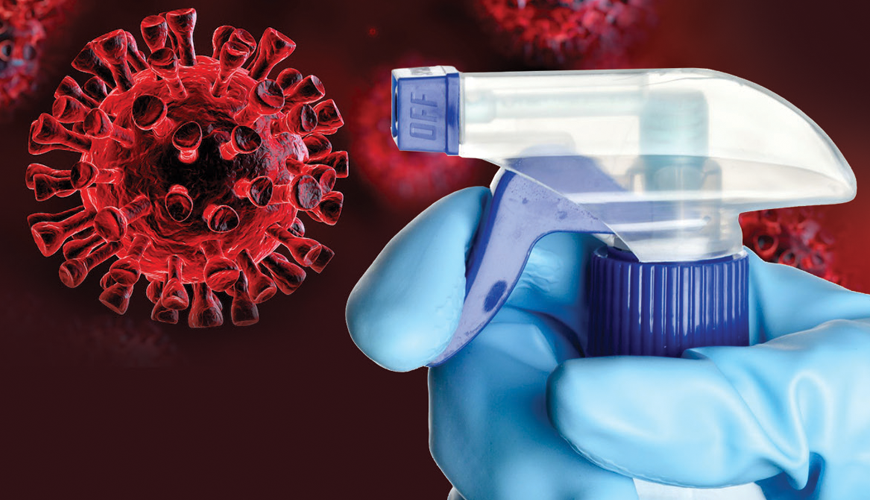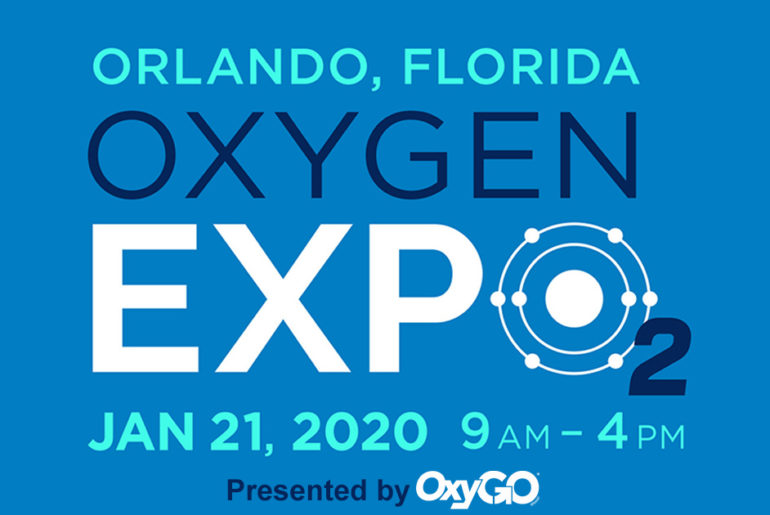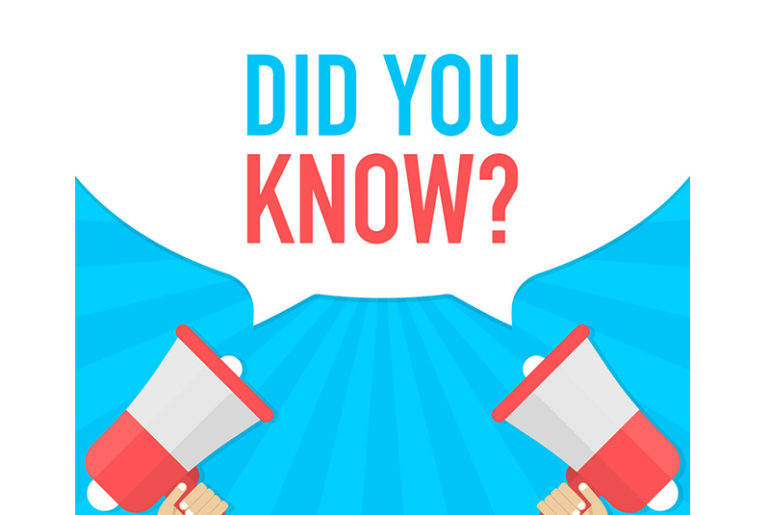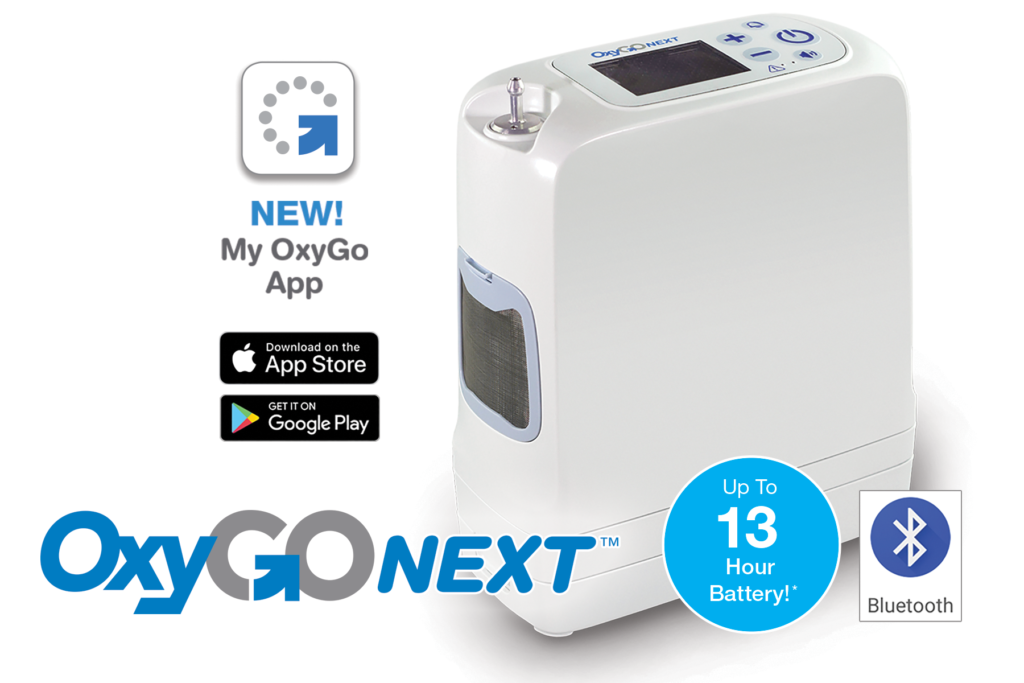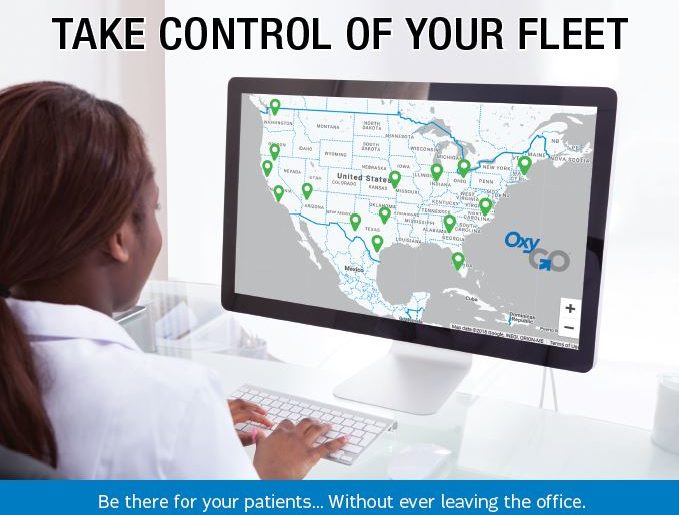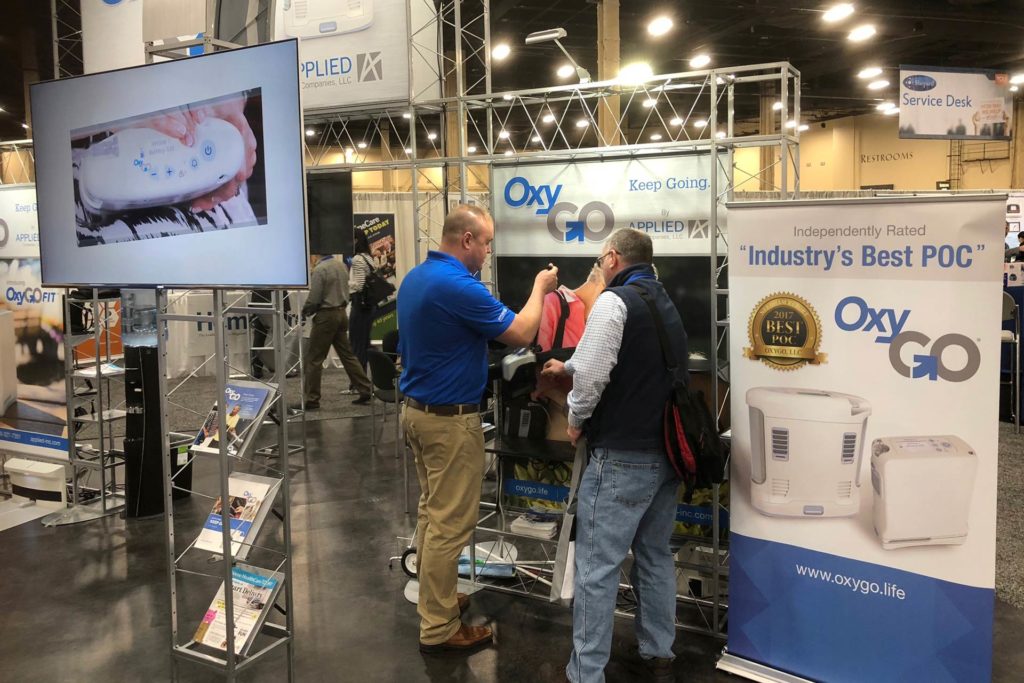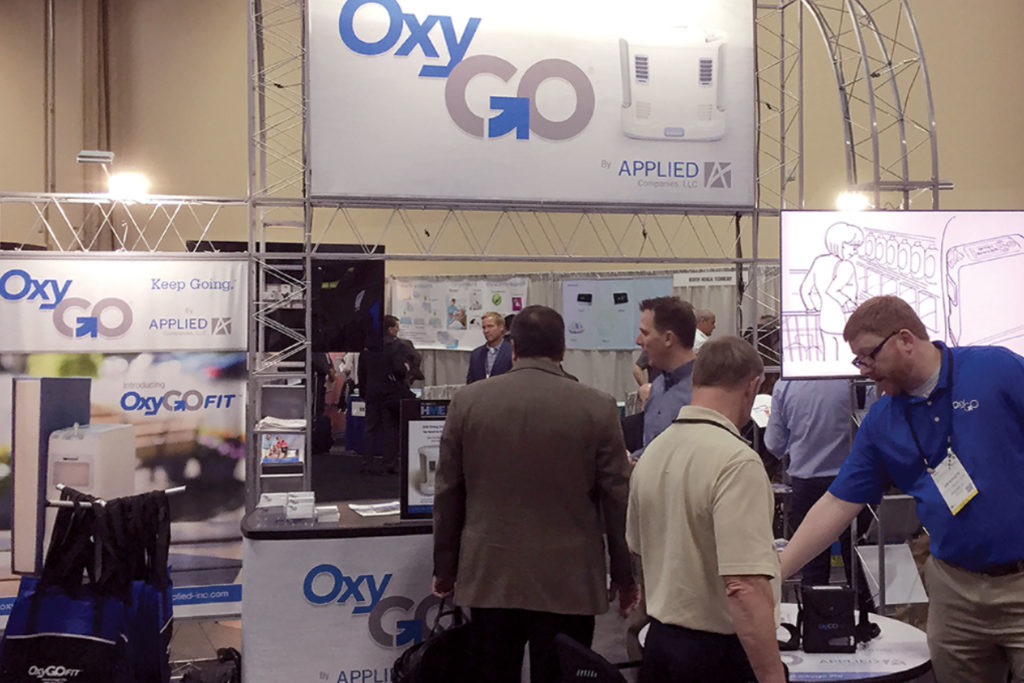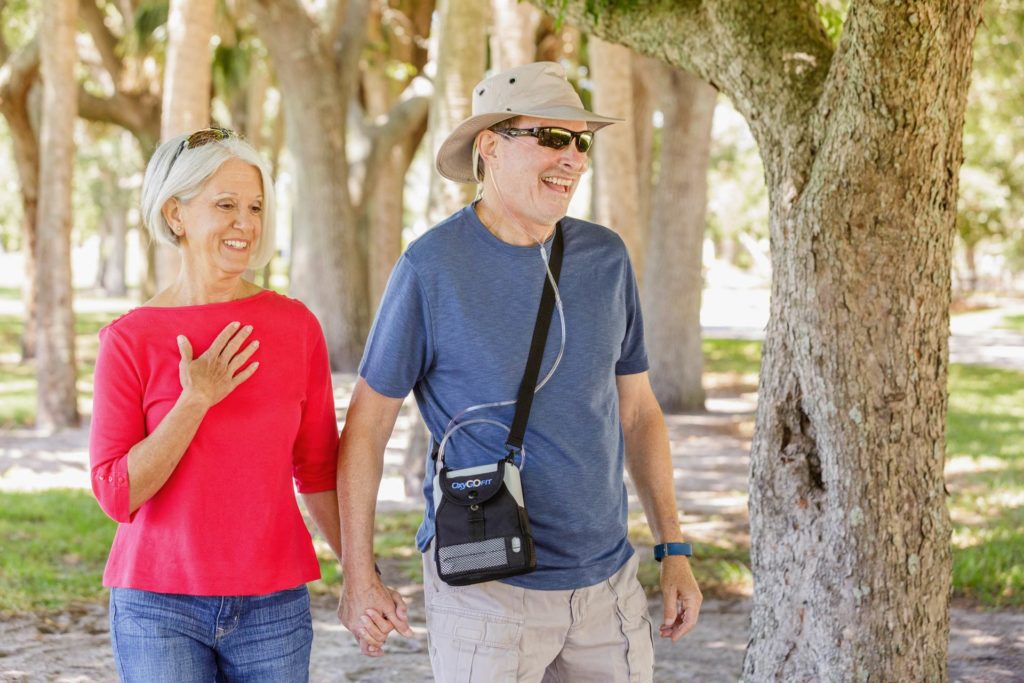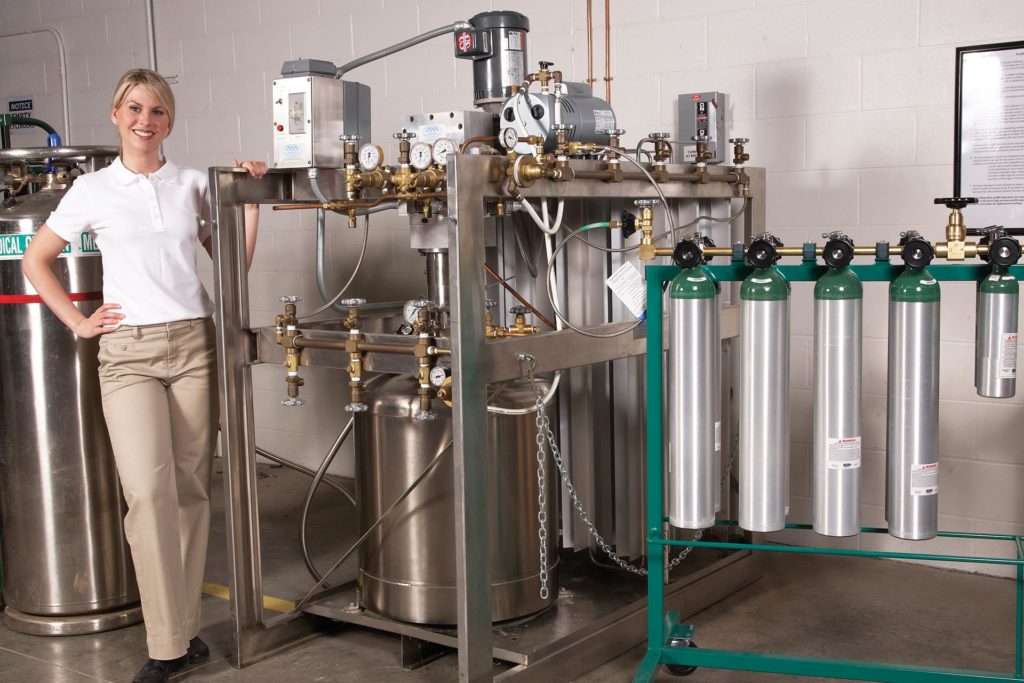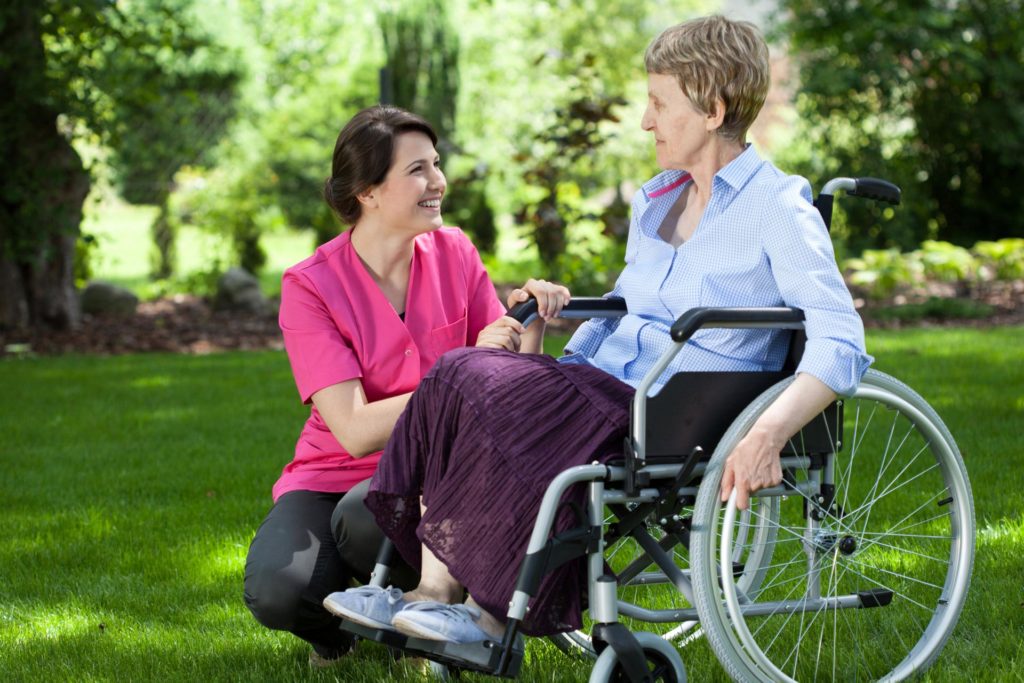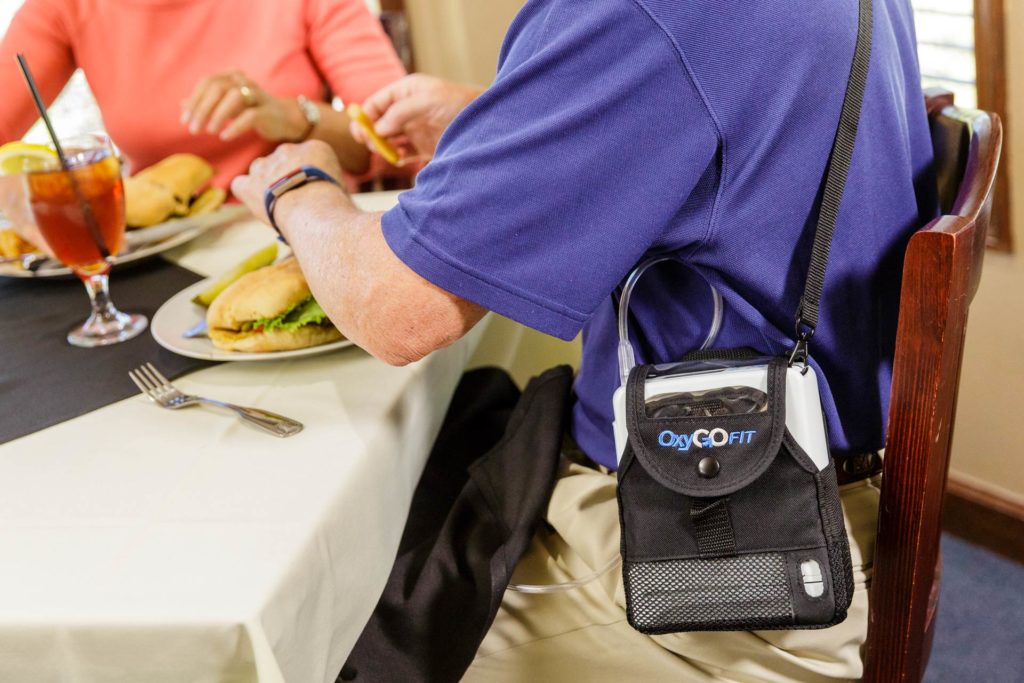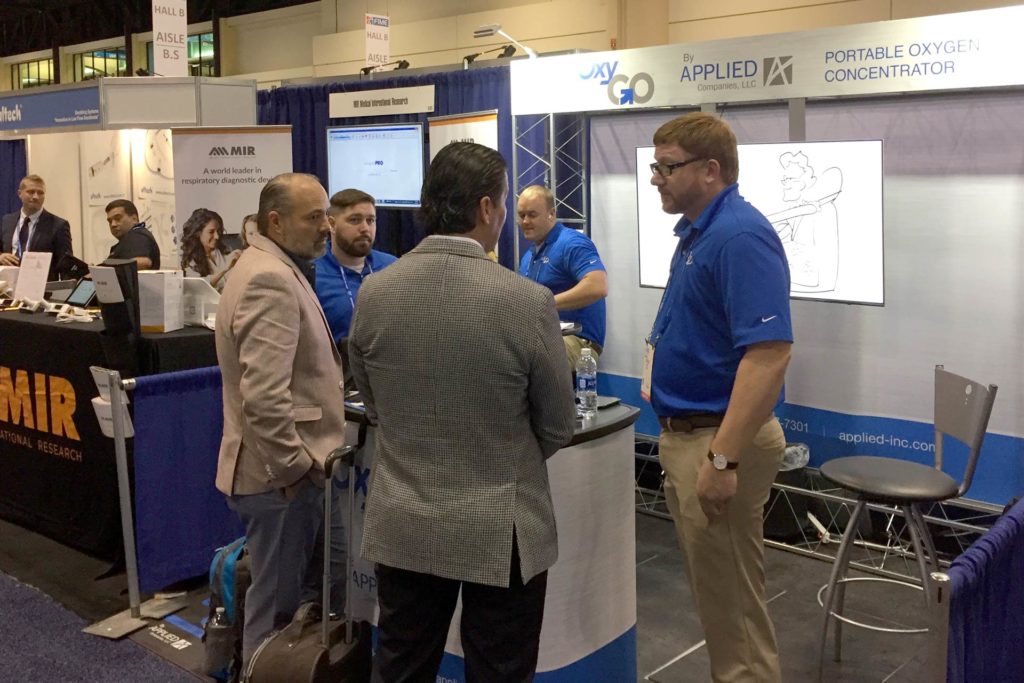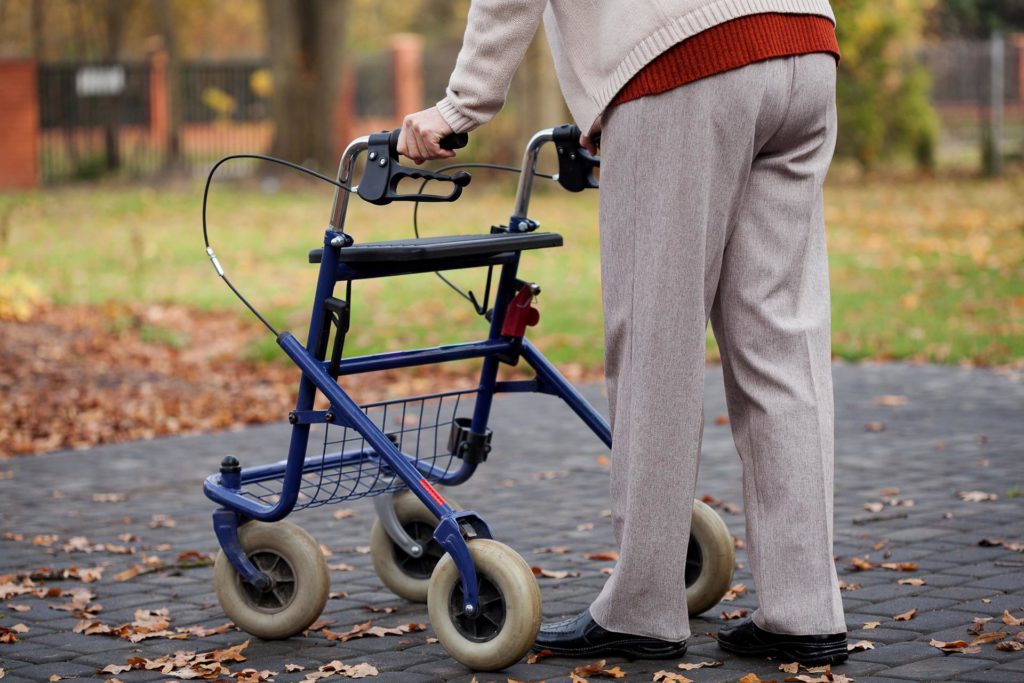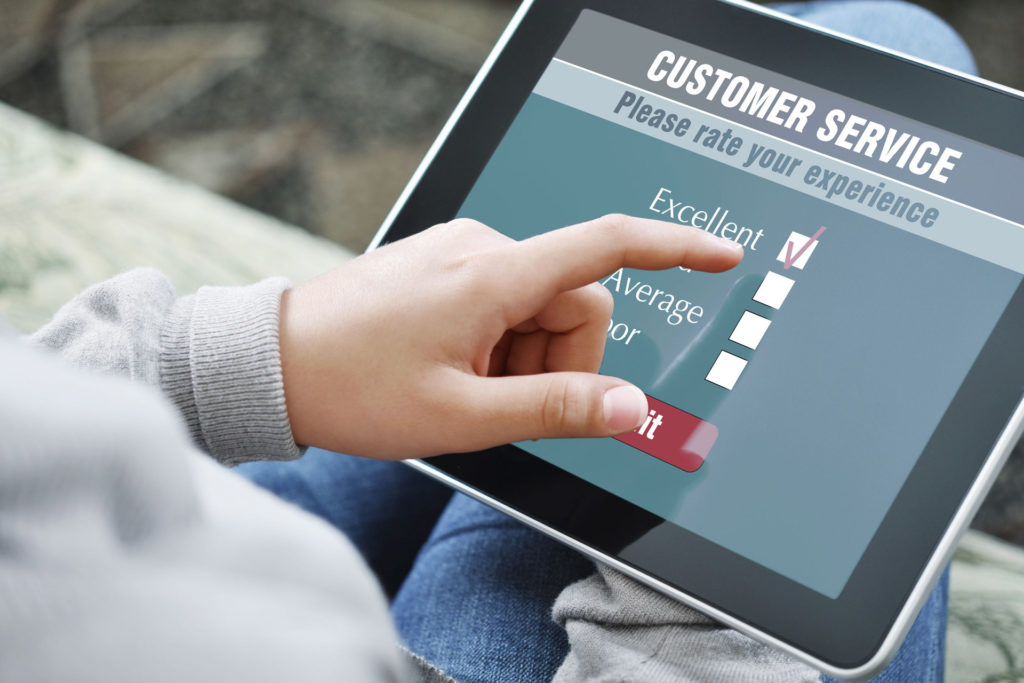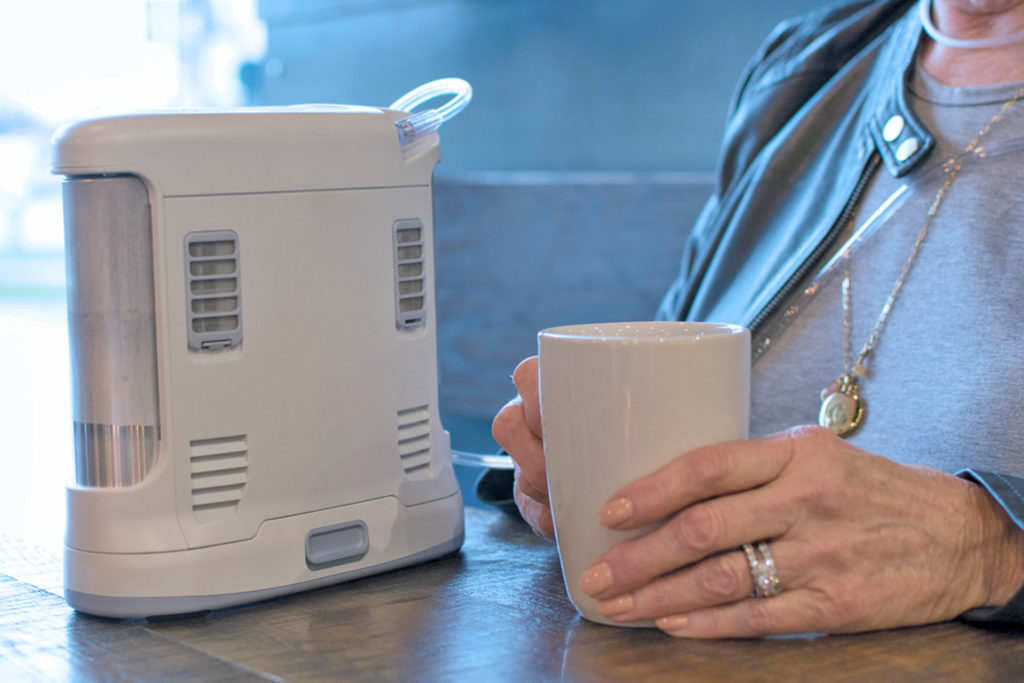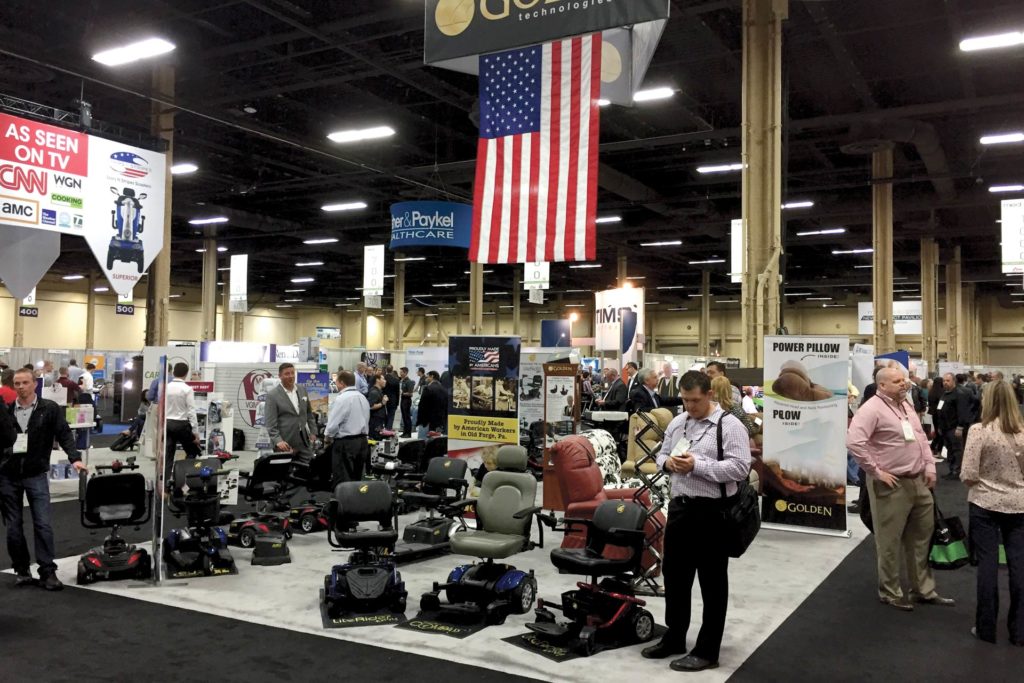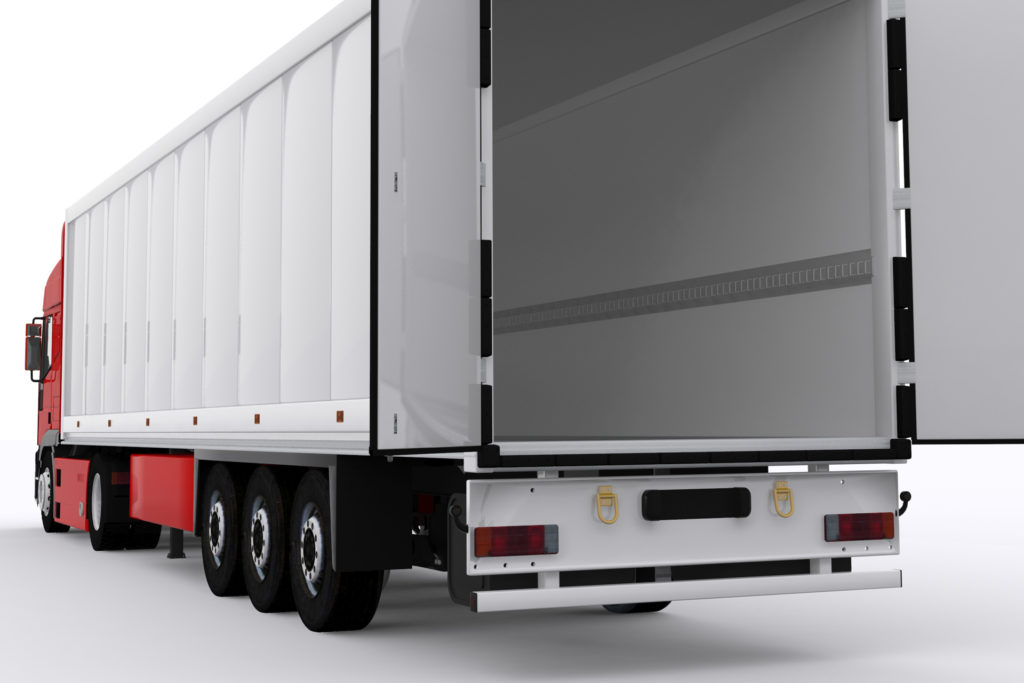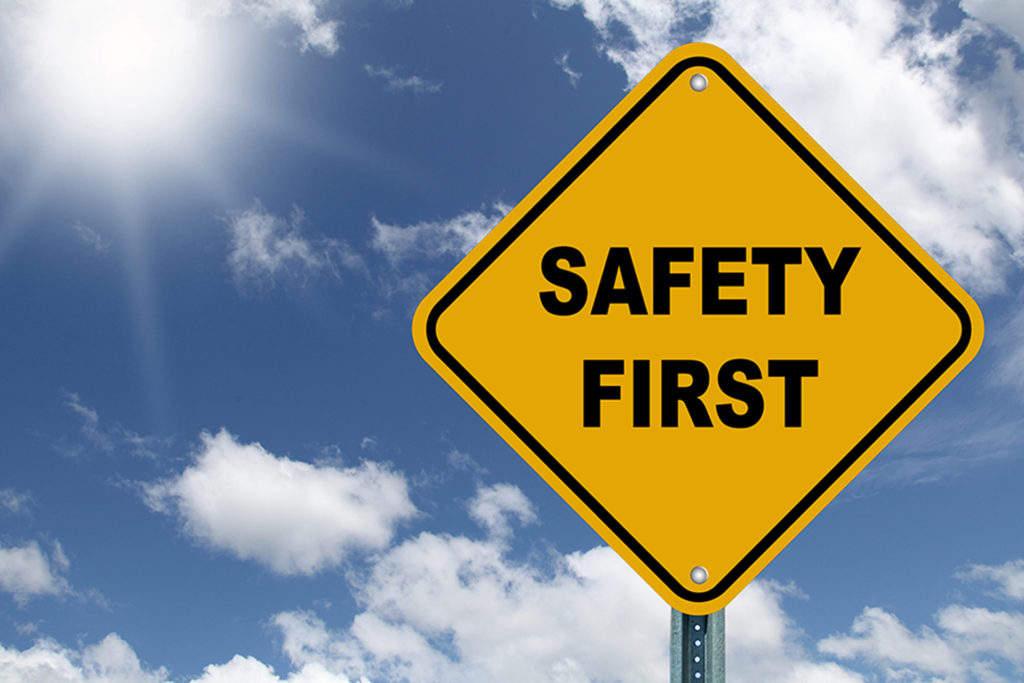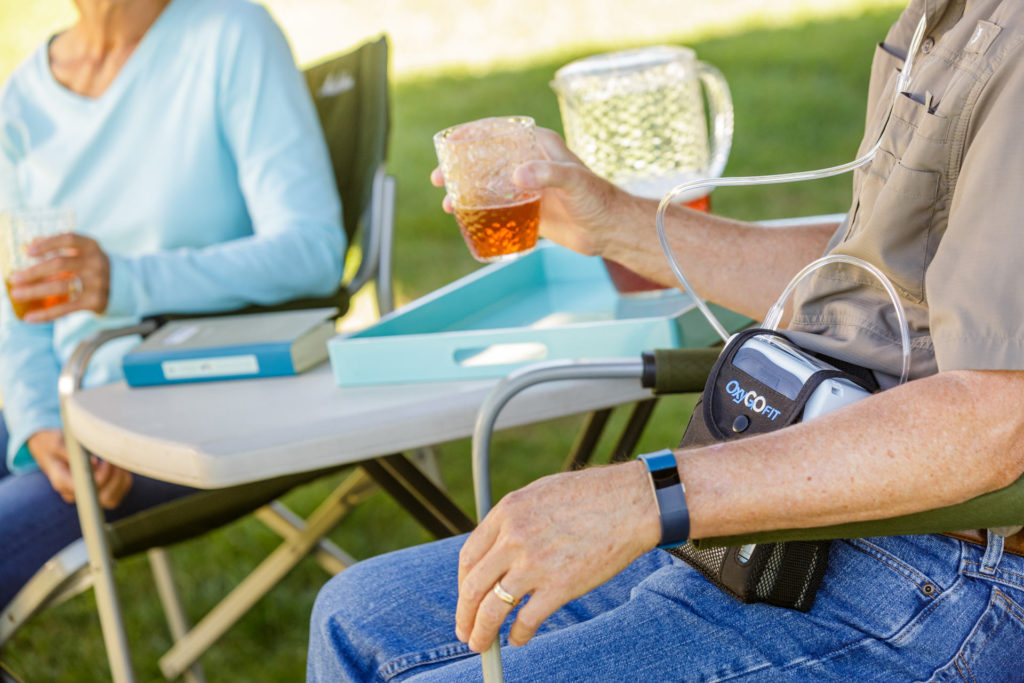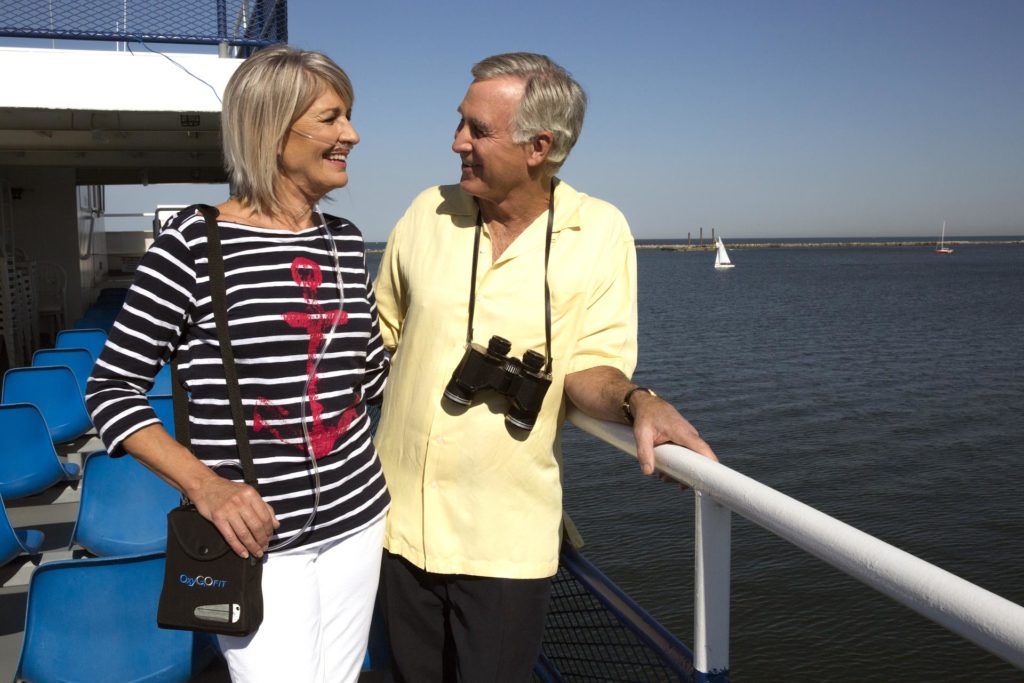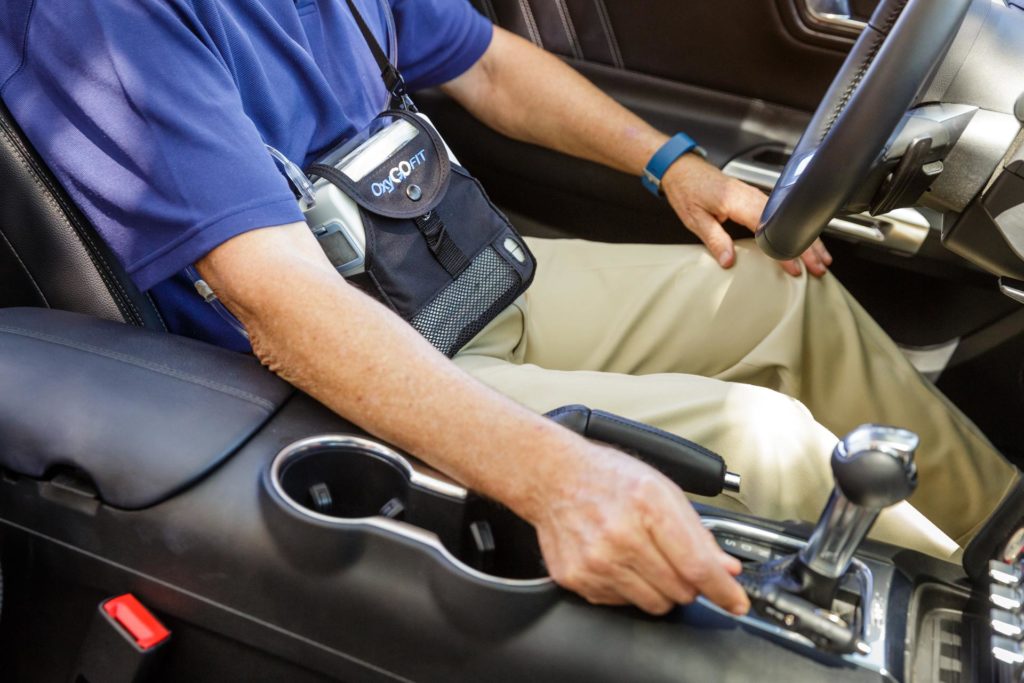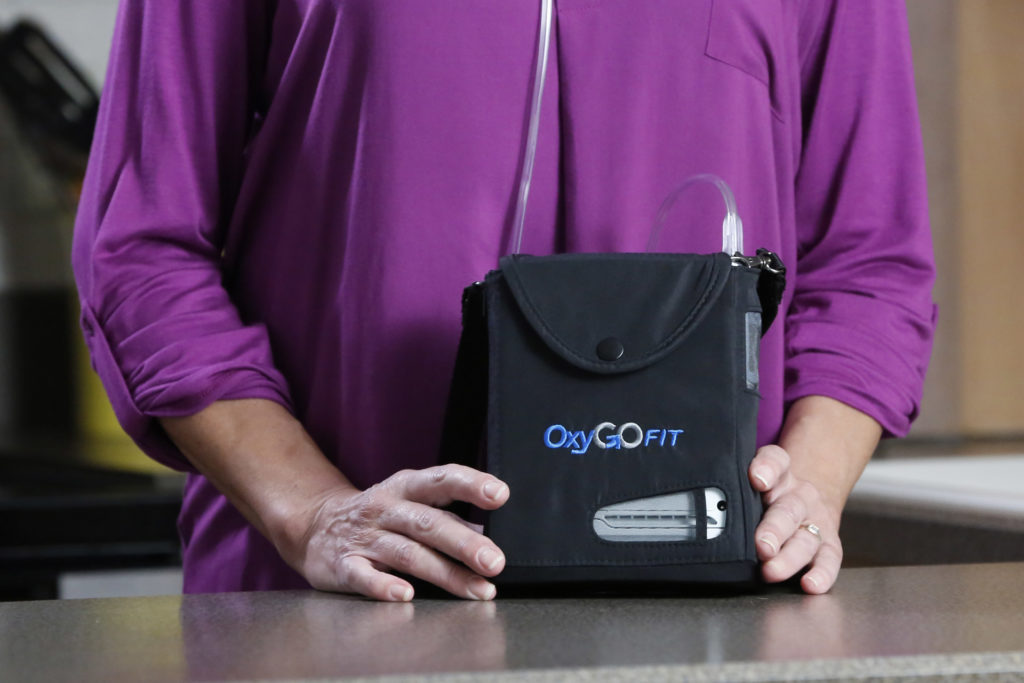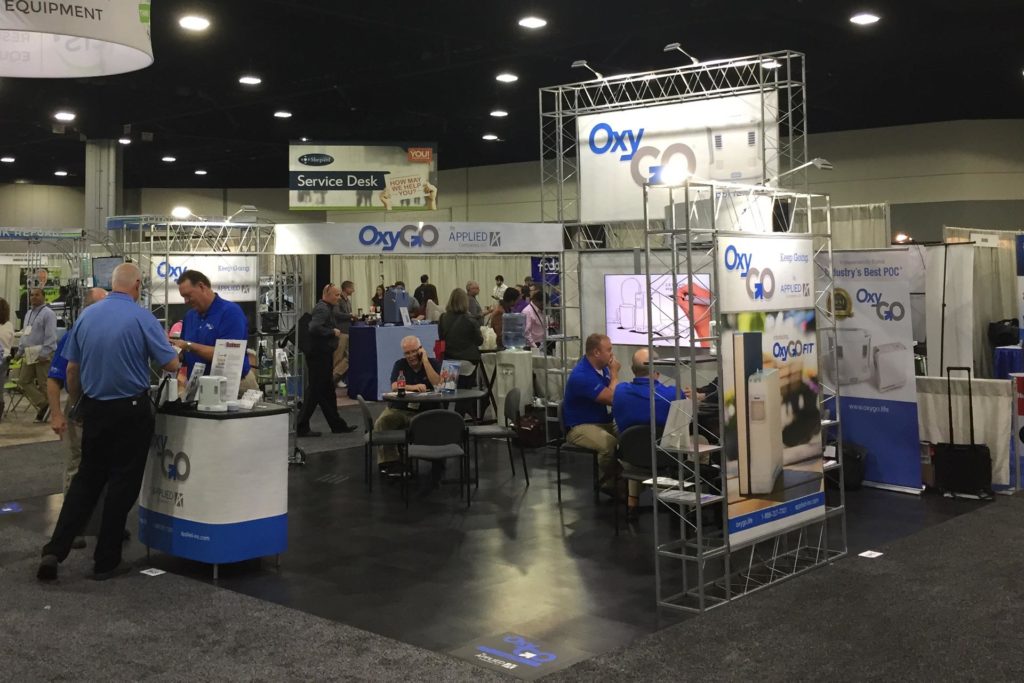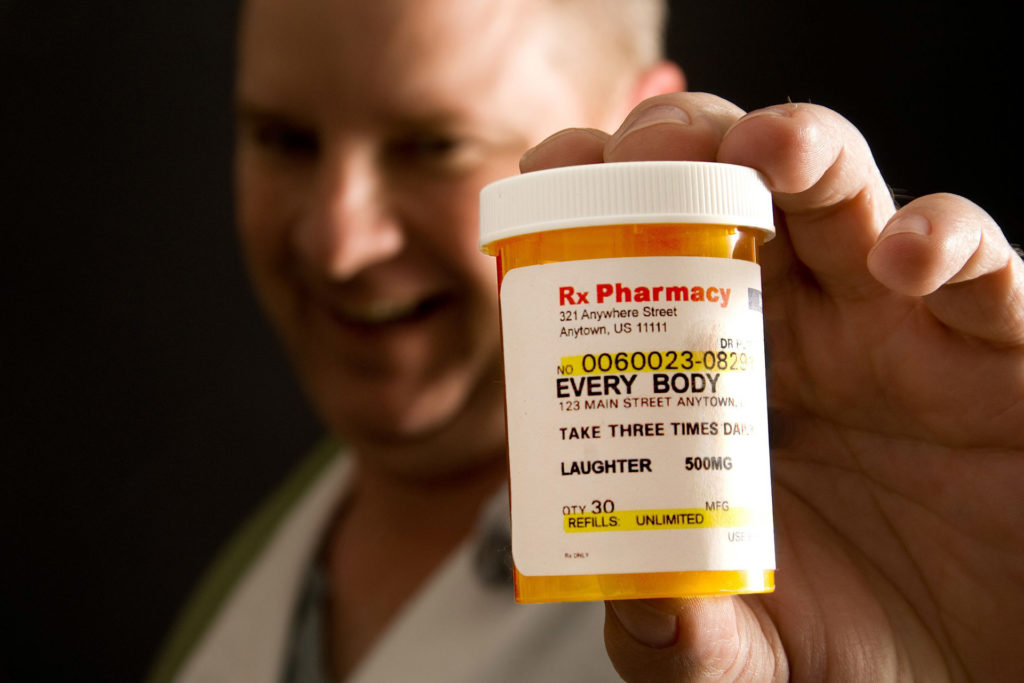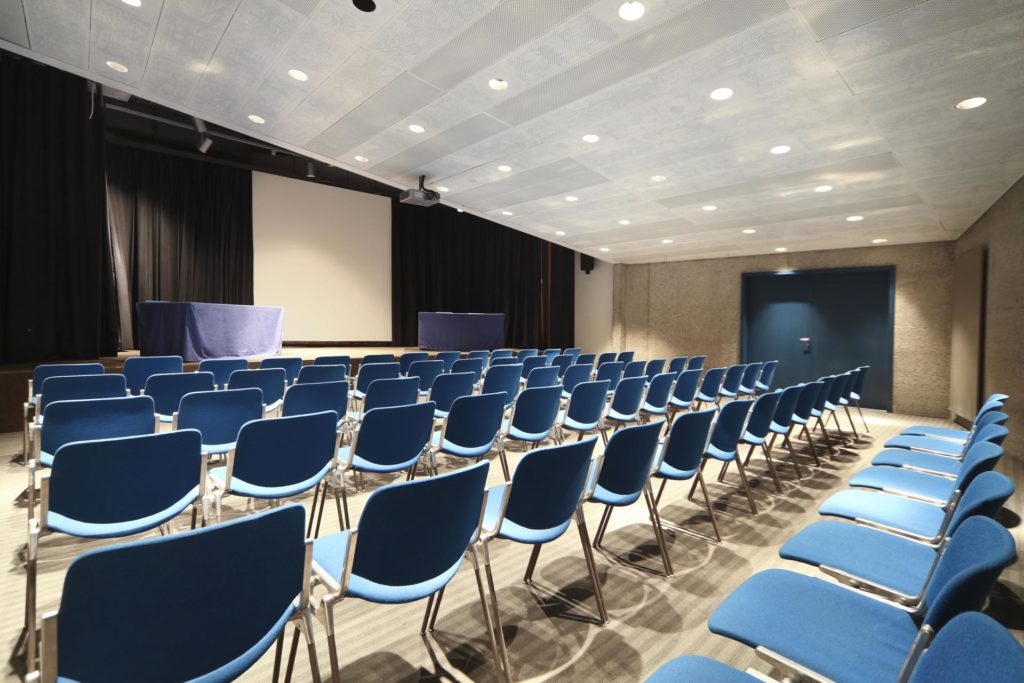Category: Popular
Portable Oxygen Concentrators: What are they and how do they work?
Portable oxygen concentrators, or POCs, are lightweight medical devices that dispense oxygen while being highly portable. They allow those prescribed medical oxygen to carry their own oxygen supply with them wherever they go, eliminating dependence on bulky and heavy oxygen tanks. The lightest POC on the market, the OxyGo FIT, weighs just 2.8 pounds. In the past decade POCs have made an enormous contribution to the effectiveness of oxygen delivery therapy. They are easier for patients to use and less expensive for providers to service. Before their development, patients needing oxygen at home depended on heavy oxygen tanks to dispense their oxygen. They were tethered to these tanks and could not leave home easily. Their only option to get out of the house was to attach themselves to smaller oxygen tanks on wheels and drag those tanks around with them. Such tanks can still be used today but they are obtrusive, call attention to the person using them and have restrictions as to where they can be taken. POCs have become an oxygen patient’s gateway to freedom. They do this by making their own oxygen from the air around them. POCs often enable oxygen patients to enjoy activities and exercises that were difficult or not possible while using oxygen tanks. This gives these patients a welcome sense of freedom that enhances their quality of life. Studies show that POCs help patients live longer lives by promoting mobility and exercise
Oxygen EXPO2 is Big Hit in Orlando
DMEs from Oklahoma, Texas, Florida and across the country attended Oxygen EXPO2 in Orlando, FL on Jan 21st of this year. The expo, subtitled The NEXT Tech in Ambulatory Oxygen, gave DME providers an opportunity to learn about the latest homecare oxygen trends and market opportunities. “We are all about technology and innovation, so being able to host an event like this where we can share our knowledge and help contribute to the industry is a great opportunity,” said OxyGo CEO Victoria Marquard-Schultz. The one-day conference covered topics such as the future of portable oxygen, oxygen safety, finding assets and revenues in a connected DME market, and leveraging social media to increase patient retail and referrals. The keynote address was on advances in pulmonary medicine and was given by Franck Rahaghi, MD, MH, FCCP, Director of Respiratory Care at Cleveland Clinic Florida Hospital and Clinic. Dr. Rahaghi spoke about advances in pulmonary care and the importance of getting patients to move and exercise as part of their treatment referencing the American Lung Association’s famous slogan, “If you can’t breathe, nothing else matters.” “POCs and their tankless delivery of oxygen are giving patients their freedom back,” he said, “while improving their quality of life and overall sense of happiness.” He said that ambulation could increase the life expectancy of patients on oxygen by
Traveling with OxyGo NEXT!
Traveling with OxyGo NEXT is straightforward and simple. One reason is it so easy to travel with is because it meets all the Federal Aviation Administration (FAA) requirements for use onboard an airline. Tip: Check with Your Airline Before Your Flight It is important to note that all airlines have their own requirements when it comes to traveling with a POC. Prior to travel, you should check the website of the airline you are using, whether it's a large carrier or a small regional airline. On their website they will have a section on traveling with medical equipment. There you can find the forms you will need to prepare before your travels. This usually includes release forms from your physician for a prescription. Make Sure to Have Extra Batteries Generally, airlines require that you have 1 ½ times as much battery life as the length of the trip. With the OxyGo NEXT that's no worry! The extended battery life and effortless battery removal to switch to another battery means you can easily meet this requirement. Bluetooth Connectivity Another unique feature of the OxyGo NEXT is that it has Bluetooth connectivity that can be used with the My OxyGo App. This means you can troubleshoot, check battery life, oxygen purity and more with your unit all from your phone. This is especially helpful when traveling because you and your provider can see if there are any potential issues with the unit and reso
Blog - Popular
Category: Popular
Portable Oxygen Concentrators: What are they and how do they work?
Portable oxygen concentrators, or POCs, are lightweight medical devices that dispense oxygen while being highly portable. They allow those prescribed medical oxygen to carry their own oxygen supply with them wherever they go, eliminating dependence on bulky and heavy oxygen tanks. The lightest POC on the market, the OxyGo FIT, weighs just 2.8 pounds. In the past decade POCs have made an enormous contribution to the effectiveness of oxygen delivery therapy. They are easier for patients to use and less expensive for providers to service. Before their development, patients needing oxygen at home depended on heavy oxygen tanks to dispense their oxygen. They were tethered to these tanks and could not leave home easily. Their only option to get out of the house was to attach themselves to smaller oxygen tanks on wheels and drag those tanks around with them. Such tanks can still be used today but they are obtrusive, call attention to the person using them and have restrictions as to where they can be taken. POCs have become an oxygen patient’s gateway to freedom. They do this by making their own oxygen from the air around them. POCs often enable oxygen patients to enjoy activities and exercises that were difficult or not possible while using oxygen tanks. This gives these patients a welcome sense of freedom that enhances their quality of life. Studies show that POCs help patients live longer lives by promoting mobility and exercise
Oxygen EXPO2 is Big Hit in Orlando
DMEs from Oklahoma, Texas, Florida and across the country attended Oxygen EXPO2 in Orlando, FL on Jan 21st of this year. The expo, subtitled The NEXT Tech in Ambulatory Oxygen, gave DME providers an opportunity to learn about the latest homecare oxygen trends and market opportunities. “We are all about technology and innovation, so being able to host an event like this where we can share our knowledge and help contribute to the industry is a great opportunity,” said OxyGo CEO Victoria Marquard-Schultz. The one-day conference covered topics such as the future of portable oxygen, oxygen safety, finding assets and revenues in a connected DME market, and leveraging social media to increase patient retail and referrals. The keynote address was on advances in pulmonary medicine and was given by Franck Rahaghi, MD, MH, FCCP, Director of Respiratory Care at Cleveland Clinic Florida Hospital and Clinic. Dr. Rahaghi spoke about advances in pulmonary care and the importance of getting patients to move and exercise as part of their treatment referencing the American Lung Association’s famous slogan, “If you can’t breathe, nothing else matters.” “POCs and their tankless delivery of oxygen are giving patients their freedom back,” he said, “while improving their quality of life and overall sense of happiness.” He said that ambulation could increase the life expectancy of patients on oxygen by
Traveling with OxyGo NEXT!
Traveling with OxyGo NEXT is straightforward and simple. One reason is it so easy to travel with is because it meets all the Federal Aviation Administration (FAA) requirements for use onboard an airline. Tip: Check with Your Airline Before Your Flight It is important to note that all airlines have their own requirements when it comes to traveling with a POC. Prior to travel, you should check the website of the airline you are using, whether it's a large carrier or a small regional airline. On their website they will have a section on traveling with medical equipment. There you can find the forms you will need to prepare before your travels. This usually includes release forms from your physician for a prescription. Make Sure to Have Extra Batteries Generally, airlines require that you have 1 ½ times as much battery life as the length of the trip. With the OxyGo NEXT that's no worry! The extended battery life and effortless battery removal to switch to another battery means you can easily meet this requirement. Bluetooth Connectivity Another unique feature of the OxyGo NEXT is that it has Bluetooth connectivity that can be used with the My OxyGo App. This means you can troubleshoot, check battery life, oxygen purity and more with your unit all from your phone. This is especially helpful when traveling because you and your provider can see if there are any potential issues with the unit and reso

